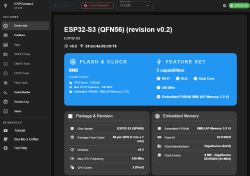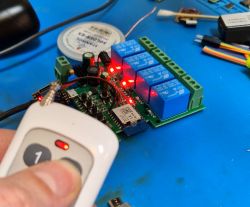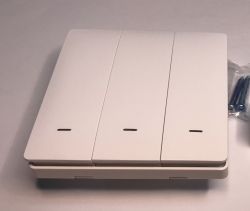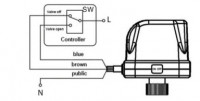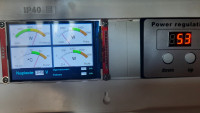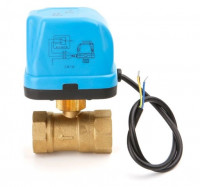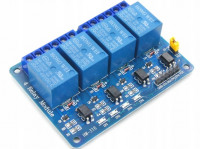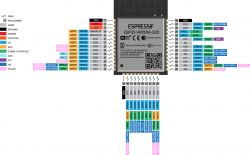Hello,
I am controlling 3 circulating pumps and one solenoid valve in a CH and CUW system using ESP32.
I have a problem because when closing the solenoid valve the program crashes you.
When switching the pumps on and off and opening the solenoid valve it has never crashed.
The ESP is powered via USB from a power supply hooked up to a small UPS.
The pumps and electro-valve are powered by ~230V - wires of about 2.5m each.
I also added a 2200uF capacitor at the ESP power supply but this did not help.
I am controlling 3 circulating pumps and one solenoid valve in a CH and CUW system using ESP32.
I have a problem because when closing the solenoid valve the program crashes you.
When switching the pumps on and off and opening the solenoid valve it has never crashed.
The ESP is powered via USB from a power supply hooked up to a small UPS.
The pumps and electro-valve are powered by ~230V - wires of about 2.5m each.
I also added a 2200uF capacitor at the ESP power supply but this did not help.




